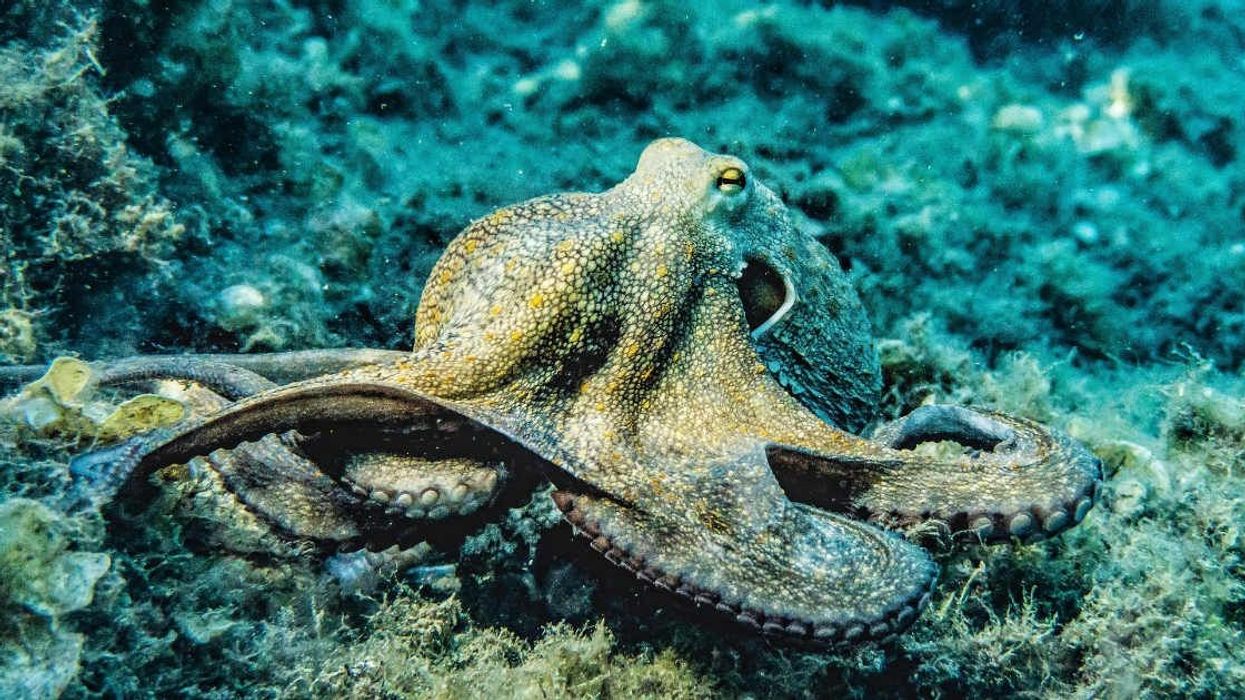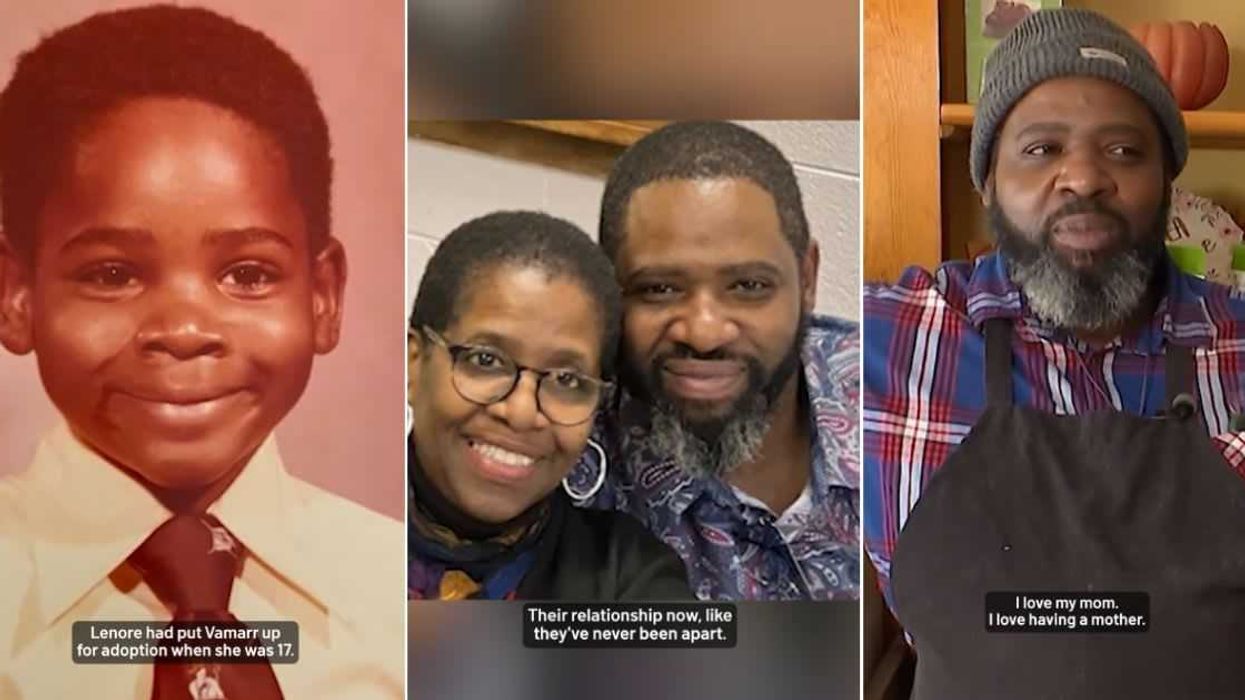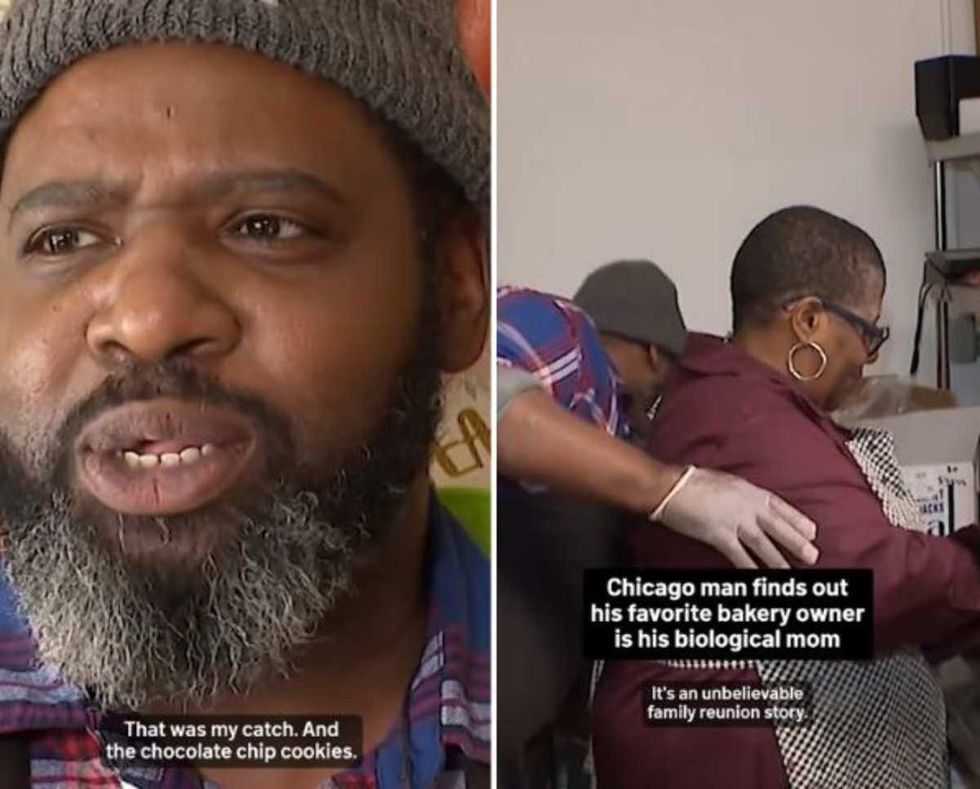Good diet. Moderate exercise. A recommended body fat percentage. Not smoking. Odds are, you're not doing it right.
Researchers from Oregon State University and the University of Mississippi used these four basic parameters to define healthy behavior and determine how many people adhere to them. These characteristics were selected because they are general, basic advice that doctors use to advise patients. They are qualities that help prevent cardiovascular disease, cancer and diabetes.
Unfortunately, according to the findings, only 2.7 percent of all adults met all four healthy lifestyle characteristics, 16 percent had three of the categories, 37 percent had two, 34 percent had one, and 11 percent had none. An excerpt from the study explains:
“The purpose of this study was 2-fold. First was to estimate the prevalence of fundamental healthy lifestyle characteristics, namely, regular physical activity, normal body fat percentage, healthy diet, and abstaining from smoking, across age, sex, and race/ethnicity for adults living in the United States. Second was to examine the association between different subsets of jointly occurring healthy lifestyle characteristics and cardiovascular disease biomarkers related to cholesterol, blood pressure, and blood sugar."
The study relied on a large survey from the National Health and Nutrition Examination Survey, which canvassed 4,745 people. “We weren't looking for marathon runners," said Ellen Smit, the study's senior author as well as a associate professor in the OSU College of Public Health and Human Sciences. “This is pretty low, to have so few people maintaining what we would consider a healthy lifestyle. This is sort of mind boggling. There's clearly a lot of room for improvement."

















 Screenshots of the man talking to the camera and with his momTikTok |
Screenshots of the man talking to the camera and with his momTikTok |  Screenshots of the bakery Image Source: TikTok |
Screenshots of the bakery Image Source: TikTok | 
 A woman hands out food to a homeless personCanva
A woman hands out food to a homeless personCanva A female artist in her studioCanva
A female artist in her studioCanva A woman smiling in front of her computerCanva
A woman smiling in front of her computerCanva  A woman holds a cup of coffee while looking outside her windowCanva
A woman holds a cup of coffee while looking outside her windowCanva  A woman flexes her bicepCanva
A woman flexes her bicepCanva  A woman cooking in her kitchenCanva
A woman cooking in her kitchenCanva  Two women console each otherCanva
Two women console each otherCanva  Two women talking to each otherCanva
Two women talking to each otherCanva  Two people having a lively conversationCanva
Two people having a lively conversationCanva  Two women embrace in a hugCanva
Two women embrace in a hugCanva 
 A reddit commentReddit |
A reddit commentReddit |  A Reddit commentReddit |
A Reddit commentReddit |  A Reddit commentReddit |
A Reddit commentReddit |  Stressed-out employee stares at their computerCanva
Stressed-out employee stares at their computerCanva
 Who knows what adventures the bottle had before being discovered.
Who knows what adventures the bottle had before being discovered. 
 Gif of young girl looking at someone suspiciously via
Gif of young girl looking at someone suspiciously via 

 A bartender makes a drinkCanva
A bartender makes a drinkCanva